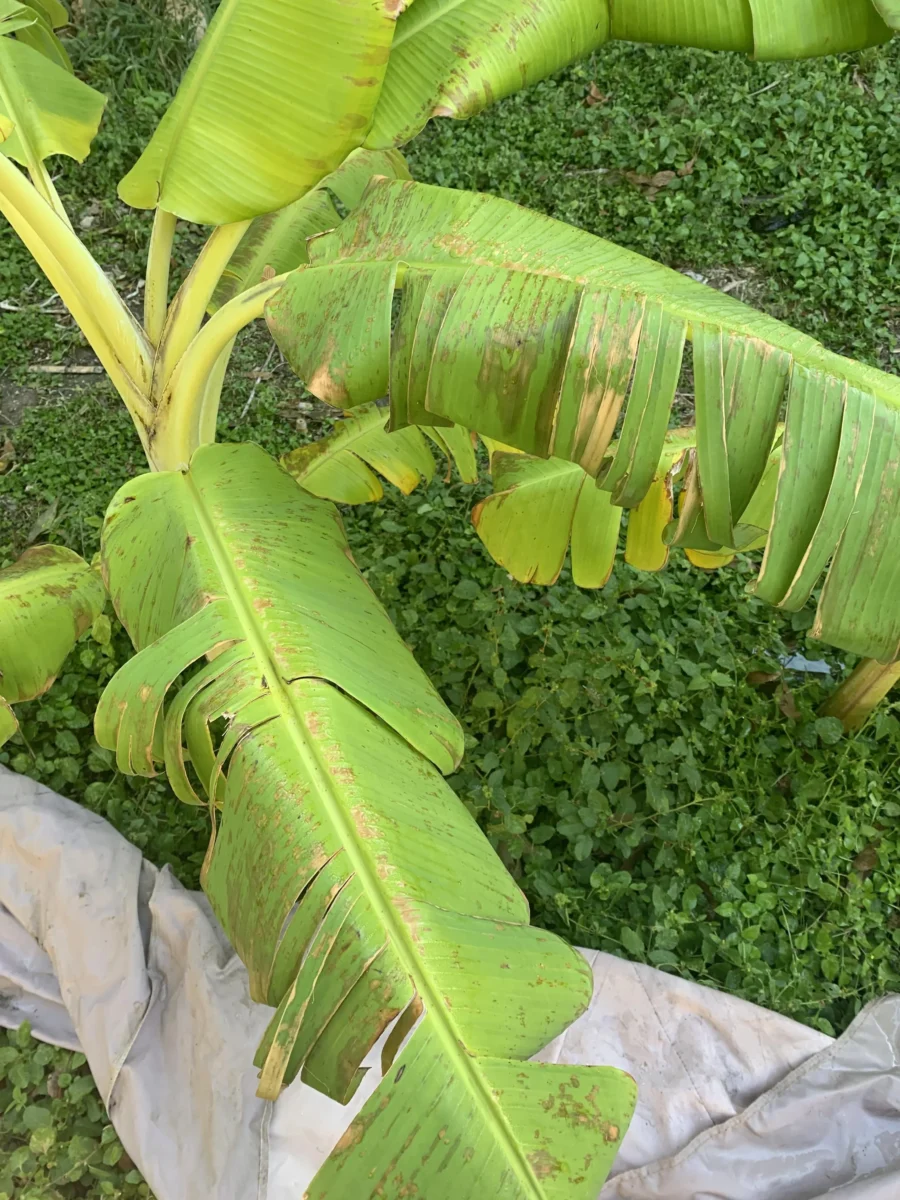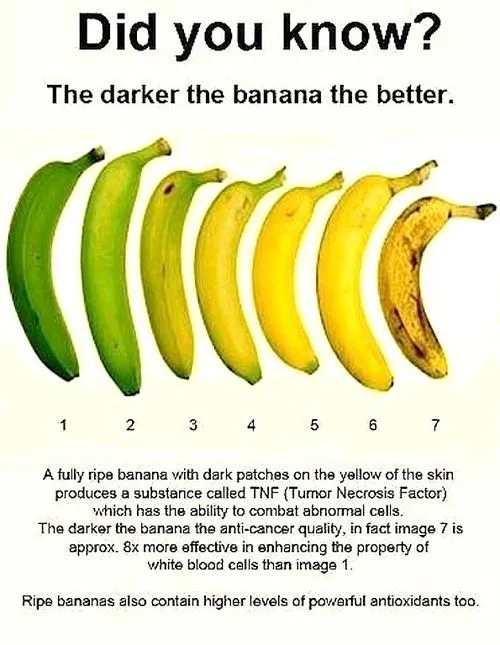Perfectly Baked Banana Bread: How to Tell When It’s Ready and Impress Your Guests
Banana bread is a timeless classic that has been a household favorite for generations. However, not everyone knows how to determine when it’s ready to come out of the oven. Whether you’re a seasoned baker or just starting out, it’s important to understand the factors that affect the baking time of banana bread.

In this article, we’ll cover what banana bread is, the factors that influence baking time, how to tell when it’s ready using physical cues, and how to test for doneness with a toothpick. We’ll also share additional tips that will help you perfect your banana bread game.
So if you’re looking to impress your friends and family with a delicious homemade banana bread, keep reading!
What is a banana bread?

Banana bread is a delightful sweet bread made from mashed bananas. It’s a great way to use up overripe bananas and make a delicious treat at the same time.
But beyond just being a tasty snack, banana bread has an interesting history. Did you know that it was actually invented during the Great Depression as a way to use up ripe bananas that would otherwise go to waste?
Today, banana bread comes in all sorts of variations – some recipes include nuts or chocolate chips, while others add spices like cinnamon or nutmeg for added depth of flavor. And thanks to its popularity, there are even entire cookbooks dedicated solely to banana bread recipes!
So whether you’re looking for a classic recipe or something with a unique twist, banana bread is sure to satisfy your cravings and offer endless possibilities for experimentation in the kitchen.
The factors that affect the baking time of banana bread are.
The baking time of banana bread is a crucial factor that can make or break the final product. While there are several factors that can affect the baking time, one of the most important is the ripeness of the bananas used in the recipe.
Bananas that are too ripe will result in a shorter baking time as they contain more moisture, which can cause the bread to become mushy and less firm. On the other hand, unripe bananas will require a longer bake time as they have less moisture content and need more time to soften.
Another factor that can affect baking time is altitude. At high altitudes, air pressure is lower which means baked goods may rise more quickly and then collapse before they’re fully cooked. In such cases, it may be necessary to adjust both temperature and bake times accordingly.
The size and shape of your pan also play a role in determining how long you should bake your banana bread. A smaller pan will require longer cooking times while larger ones may require shorter cooking times because heat spreads evenly across surface areas.
Lastly, oven temperature settings play an important role in determining how long you should bake your banana bread for optimal results. Higher temperatures often lead to faster cooking times but also increase risk for burnt bottoms or overcooked tops while lower temperatures extend cook times without necessarily guaranteeing better texture or flavor outcomes.
In conclusion, when it comes to making delicious banana bread there are many factors involved including ripeness level of bananas used, elevation conditions if any apply; size/shape of pans employed during preparation stages; as well as oven temperature settings utilized throughout entire process from start-to-finish ensuring perfect results every time!
How can one tell when banana bread is ready based on physical cues?

Banana bread is a beloved baked good, but knowing when it’s fully cooked can be tricky. Luckily, there are some physical cues you can look for to ensure your banana bread is ready.
Firstly, the color of the crust will give you a good indication of doneness. A golden brown crust indicates that the bread has cooked through and is ready to be removed from the oven. If the crust appears too light or pale in color, it may still need additional baking time.
Another key indicator of readiness is firmness. When lightly pressed in the center with your finger, the top of the banana bread should spring back slightly and feel firm to touch. If it sinks down or feels soft and mushy in any way – it’s likely not yet done.
Lastly, check for moistness by inserting a toothpick or skewer into the center of your loaf. If it comes out clean with no batter sticking to it – then congratulations! Your banana bread is officially baked through and ready to enjoy.
By paying attention to these physical cues and taking note of any recipe-specific instructions (such as oven temperature or cooking time), you’ll be able to bake perfect banana bread every time!
How do I test the doneness of banana bread using a toothpick?
Banana bread is a delicious treat that is enjoyed by many, but ensuring that it is fully cooked can be a challenge. One way to test the doneness of banana bread is by using a toothpick.

To do this, insert a toothpick into the center of the loaf and gently push down. If the toothpick comes out clean without any batter sticking to it, then your banana bread is done! However, if there are still traces of batter on the toothpick, then it needs more time in the oven.
It’s important to note that oven temperatures and cooking times may vary depending on your recipe and oven type. So while using a toothpick can be helpful in determining if your banana bread is fully cooked, it’s always best to also rely on visual cues such as golden brown color and pulling away from the sides of the pan.
In summary, testing for doneness with a toothpick can be an effective method for ensuring that your banana bread has been thoroughly cooked. But remember to also take into account other factors such as recipe and visual cues when determining if your loaf is ready for consumption.
Additional tips for making perfect banana bread.
Banana bread is a beloved classic that has been enjoyed for generations. However, perfecting this dish can be tricky for even the most experienced baker. Here are some additional tips to help you take your banana bread to the next level.
Firstly, it’s important to use ripe bananas. The riper they are, the sweeter and more flavorful your banana bread will be. Additionally, consider adding in some mix-ins such as chopped nuts or chocolate chips to add texture and flavor.
Another tip is to make sure you’re using the right kind of flour. All-purpose flour works well for most recipes, but consider using whole wheat flour or almond flour for a healthier option with added nutrients.
Finally, don’t overmix your batter. Mix until just combined as overmixing can lead to tough and dense banana bread. And lastly, try experimenting with different spices like cinnamon or nutmeg to give your banana bread a unique twist.
By following these additional tips and experimenting with different flavors and ingredients, you’ll be able to perfect your banana bread recipe and impress all who taste it – even those who claim they don’t like bananas!
Check out our other articles to find out even more about banana.
From understanding what banana bread is to factors that affect its baking time, this article has covered a lot of helpful information on how to tell when it’s ready. We hope you’re inspired to bake your own delicious and moist banana bread. If you want more insight into the wonderful world of bananas, check out our other articles!










